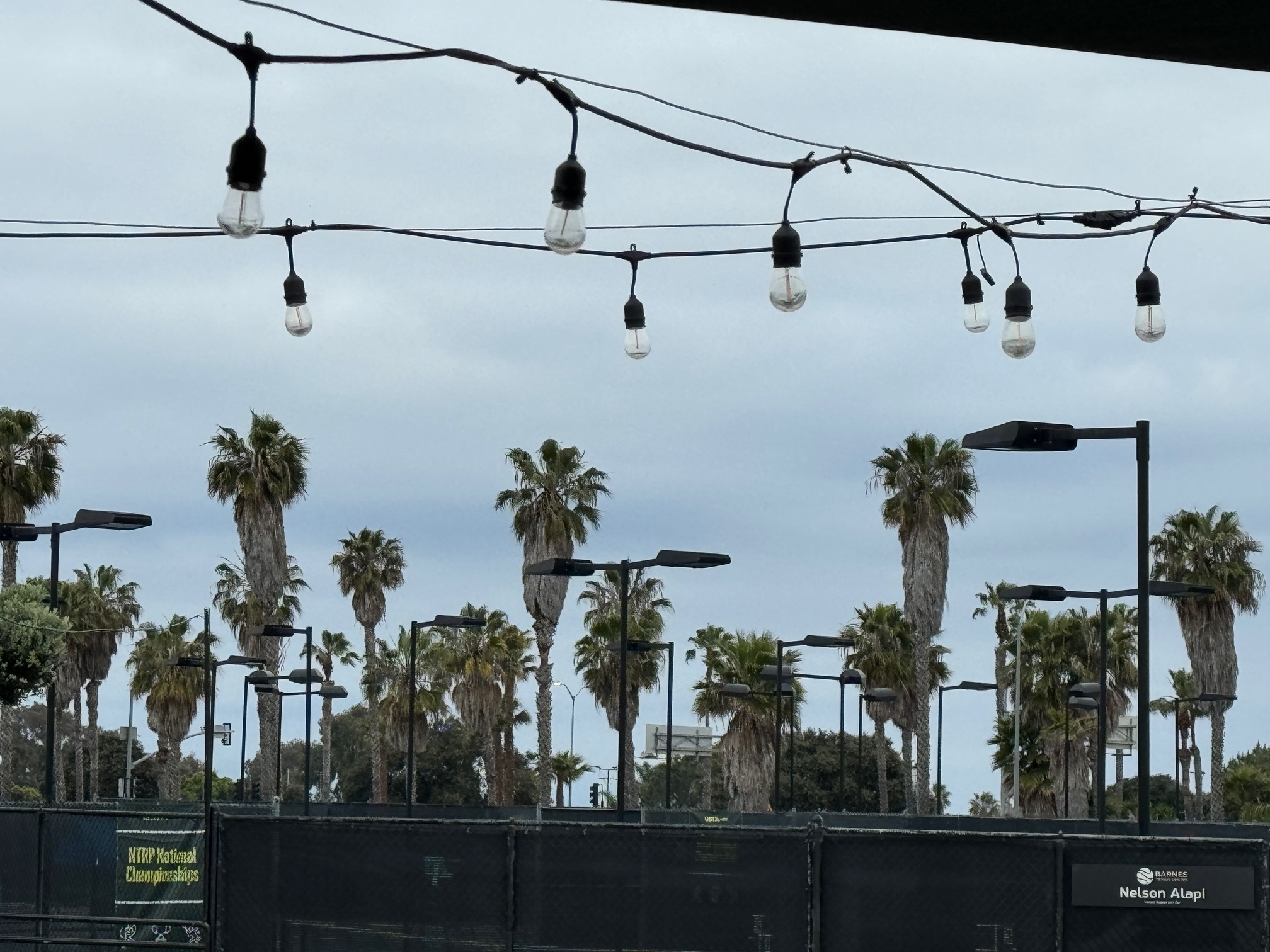This weekend I have been kicking around implementation ideas for a USTA-sanctioned progressive league that leads to a Sectional Championship. This line of thought was sparked because the Women’s 5.0 40+ League doesn’t attract enough players to consistently field teams in any Section. The Traditional USTA League format doesn’t work when the playing population drops below critical mass. It is time to consider creative alternatives.
Conducting a progressive league for divisions that cannot muster the numbers for two teams is a great idea for retaining those players in the competitive ecosystem. Additionally, having played in a few leagues with only two teams, it gets pretty old playing the same people over and over. Progressive leagues can be an alternative to that slog.
A successful progressive league hinges on appointing an energetic league coordinator. When I was thinking through the fine details, I eventually realized that the logistics didn’t have to be the same in all locations. It is more important to have a good coordinator with full latitude to make decisions that work for each grassroots organization.
The only logistical detail that I am hard over on is that all the matches have to count toward NTRP and by logical extension WTN ratings. A likely argument against that is that players might use progressive leagues to tank their NTRP ratings for other leagues. That is something that is happening anyway with the current USTA League framework, so I don’t think that is a valid reason to immediately reject the concept.
Additionally, since we are talking about competitors at the 5.0 level, the live standings and published match results that people are monitoring should activate competitive instincts. I am less concerned about sandbagging than the lack of opportunity to play for the upper NTRP levels. In fact, any NTRP manipulation at that level is likely sparked by the lack of opportunity to play, which this experimental format could effectively mitigate.
Another question that is likely to emerge is why the proposed progressive league has to lead to a Sectional Championship. Advancement is important because some players are clearly incentivized by competing in Championship events. That designation transforms what can be perceived as abandoning family and friends for a weekend away into a sense of accomplishment and duty.
In exploring this idea, I designated the target division for this pilot program as Women’s 5.0 40+ players. When registering local participation, priority should be given to players who are 5.0 and over. However, some players will inevitably be needed to “play up” to round out the numbers. That may also seem to be largely self-serving since I am currently at 4.5, but it is a practical necessity.
One of the most significant challenges with the USTA League competitive ecosystem is that the model is unsustainable for the top tiers of competition. There simply aren’t enough players to conduct leagues in the traditional format as the competition level increases. It is time to think out of the box on how to maintain local competitive opportunities for the upper echelons without breaking the entire system.
We need creative solutions. If not this, then something else need to be identified soon.



